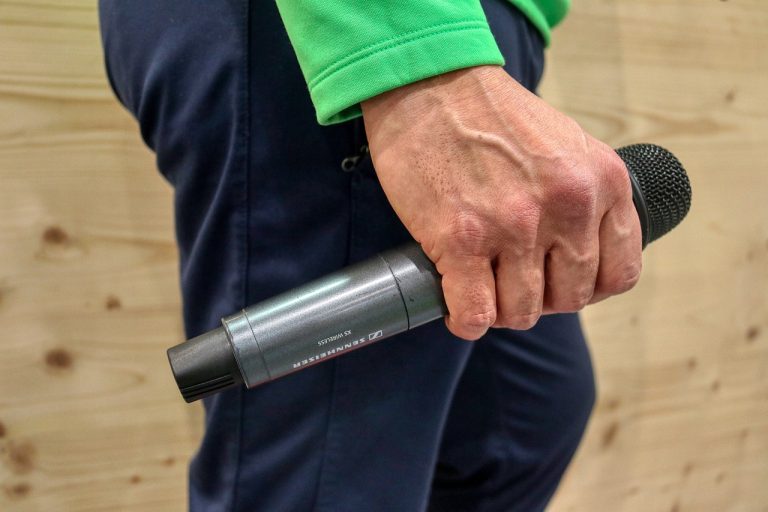You’ve probably heard of an anti-siphon valve in your irrigation system. What are they, and how do they work? Anti-siphon valves prevent contaminated water from being sucked back into freshwater. These devices are typically installed in pipes and are an important part of public water systems. They are also known as backflow preventers. To learn more about these devices, read on!
Anti-siphon valves prevent contaminated water from being sucked back into the freshwater supply
Anti-siphon valves prevent contaminated water from escaping the plumbing system through low-pressure events. This device can be attached to an outdoor faucet to prevent this problem. The valve will prevent water from being sucked back into the freshwater system, important for public health. This device is designed to protect water pipes from damage and can be a vital part of a water quality plan.
An anti-siphon valve can be installed permanently on outdoor faucets to prevent contaminated water from flowing into the freshwater supply. These devices are also necessary because city water pressure can drop and could cause water to backflow, contaminating the fresh supply. In addition, one-way valves always leak, so installing an anti-siphon valve on a garden hose effectively prevents backflow.
They also act as backflow preventers
These anti-siphon valves must be installed at least six inches above the ground and concealed under a covering such as shrubs or a tree. If the valves are not installed properly, water can pass through them and cause backflow, causing higher water bills and wasteful water use. If the valves leak, the water will flow out of the vent, located on the downstream side of the valve.
Backflow preventers are devices that prevent toxic water from entering the plumbing system. Plumbing professionals use these to protect their homes and businesses from a potentially harmful situations. There are many different backflow preventers, but anti-siphon valves are the most common and cost-effective solution. Using a backflow preventer on the water main is a smart move for any property owner, and it’s a building code requirement.
They are used in public water systems
A backflow preventer is a device that prevents chemicals from flowing through a system during shut-down. Most homes have a separate water line that runs from the city water line towards the house, meeting the cross-section. The new line is usually split into two lines: one goes into the house for drinking purposes, while the other stays outside to be used for irrigation. The anti-siphon valve is installed at the end of this irrigation line. Generally, anti-siphon valves come in the form of an electric remote control valve and an atmospheric backflow preventer.
If you notice water coming out of an anti-siphon valve, something is wrong. In most cases, the valve is blocked by a stick or rock. It can also be blocked from seating completely by sprinkler heads and emitters. If you notice any of these problems, make sure to fix them problem immediately. If you notice that water is still coming out of the faucet after you close it, then the anti-siphon valve needs to be repaired.













